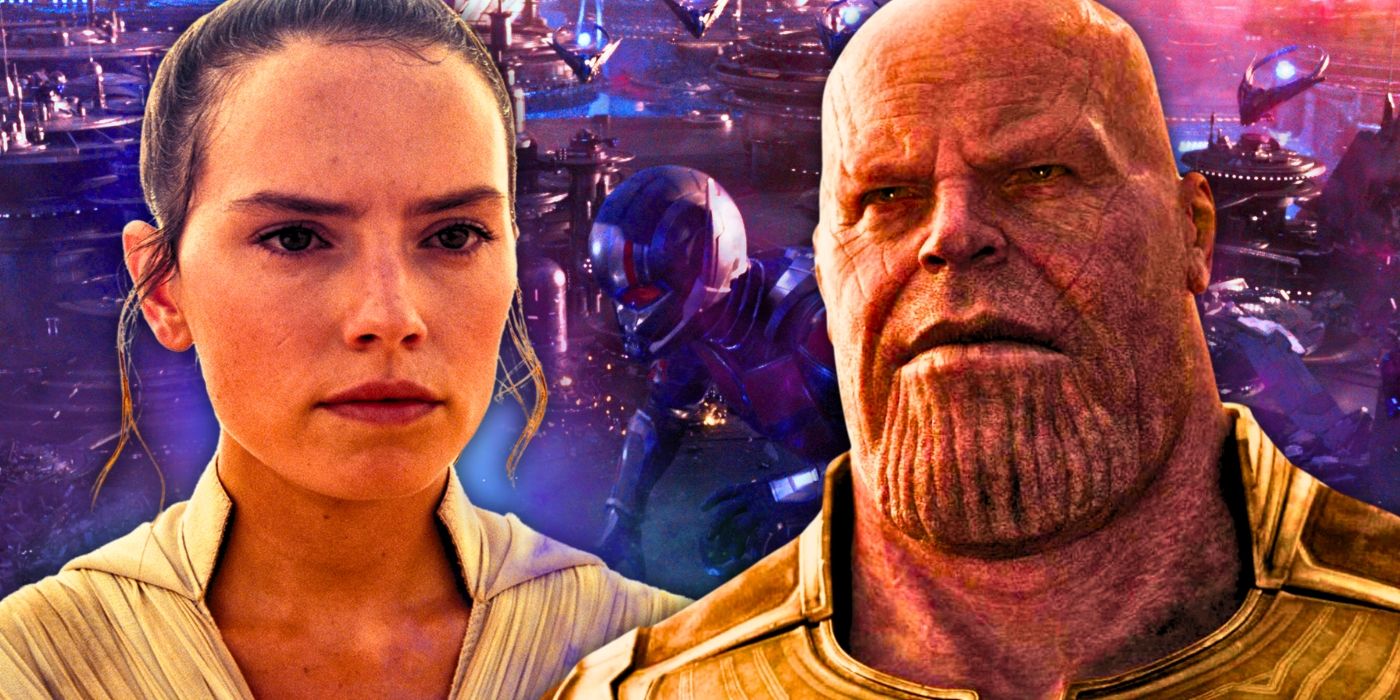
When Star Wars: The Rise of Skywalker capped off the Skywalker Saga in 2019, it was impossible to miss the similarities to Avengers: Endgame, which had brought the MCU’s Infinity Sage to a close earlier that year. Some comparison was to be expected with both films released by Disney and serving as the grand finale to the best movie franchises of all time. Certain similarities can be attributed to common movie tropes reserved for the final entry in a fantasy epic, while others are so obvious it can’t be a coincidence.
Despite the parallels between Endgame and The Rise of Skywalker, many fans and critics would argue that borrowing from the former did not help the latter. The Rise of Skywalker suffered from pacing issues, trying to do too much at the last minute, and emphasizing fan service over a compelling story. However, Endgame also had multiple character arcs and an abundance of fan service, yet it received much more praise upon release. Even though The Rise of Skywalker borrowed heavily from Endgame, it may not have copied the ideas that could have improved the Star Wars sequel trilogy’s final film.
The Many Parallels Between Endgame & Rise Of Skywalker
It’s funny how obvious they are
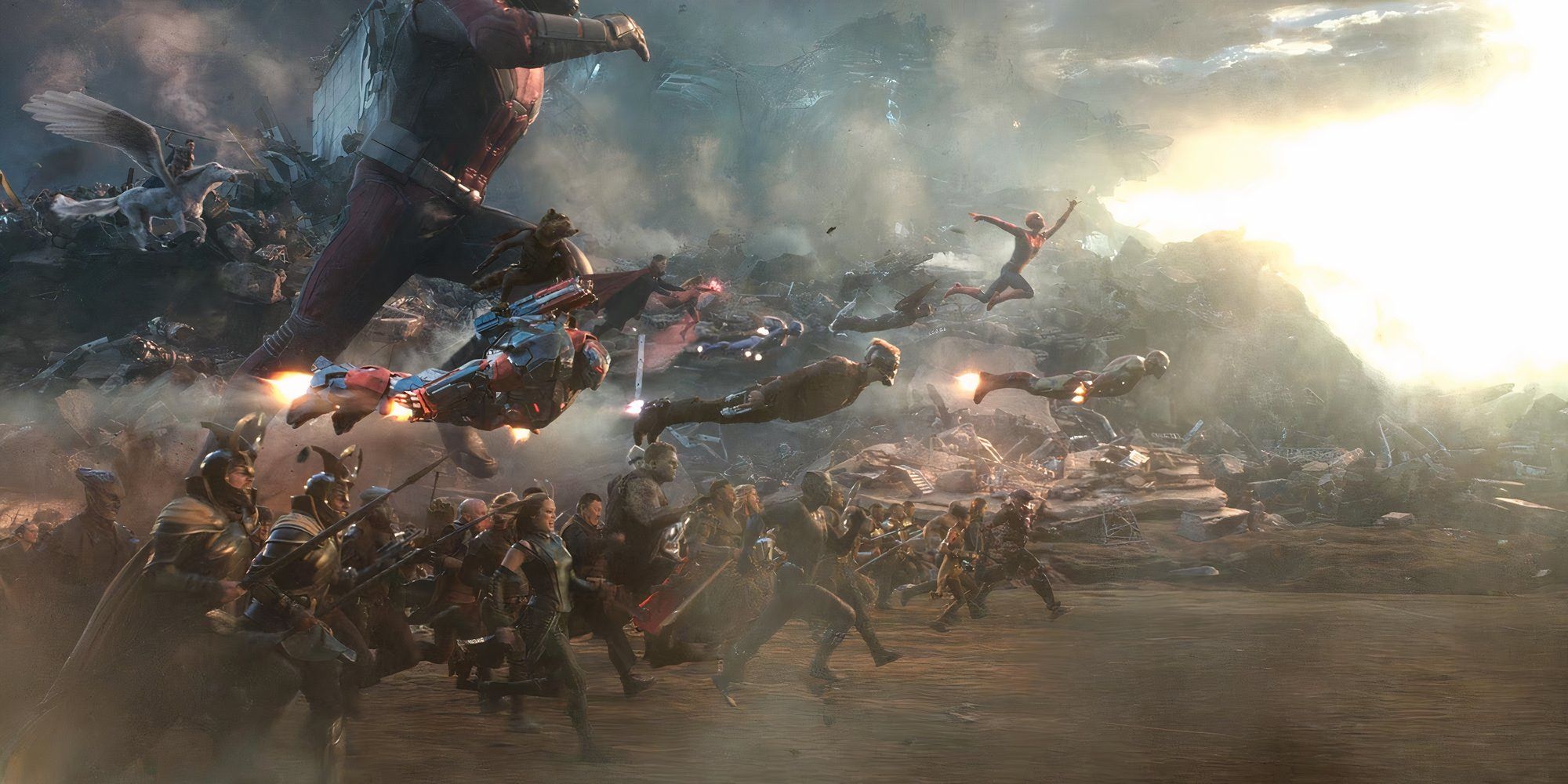
The final battle in the third act is where the most obvious parallels between Avengers: Endgame and Star Wars: The Rise of Skywalker are found. In Endgame, Steve Rogers/Captain America prepares to meet his end against Thanos’ army, only to hear Sam Wilson/Falcon in his earpiece, leading to all the MCU characters arriving to fight. A similar moment happens in The Rise of Skywalker with Poe Dameron, who is about to give up but suddenly hears Lando Calrissian in his headset, revealing the massive Galaxy Fleet that has arrived to help the Resistance.
Near the end of the battle, Thanos declares “I am inevitable” before snapping his fingers, only to realize the Infinity Stones are gone. Tony/Stark/Iron Man then holds them up and says “And I… am… Iron Man” before snapping Thanos’ army out of existence. The Rise of Skywalker has Emperor Palpatine proclaim that “I am all the Sith” while Rey responds by saying “And I… I’m all the Jedi,” redirecting Palpatine’s lighting and destroying him. As much as The Rise of Skywalker copied the battle with Thanos, it highlights why Palpatine was far less compelling as a villain.
Palpatine’s Plan Was Less Interesting In Rise Of Skywalker
He went from manipulating the galaxy to conquering it
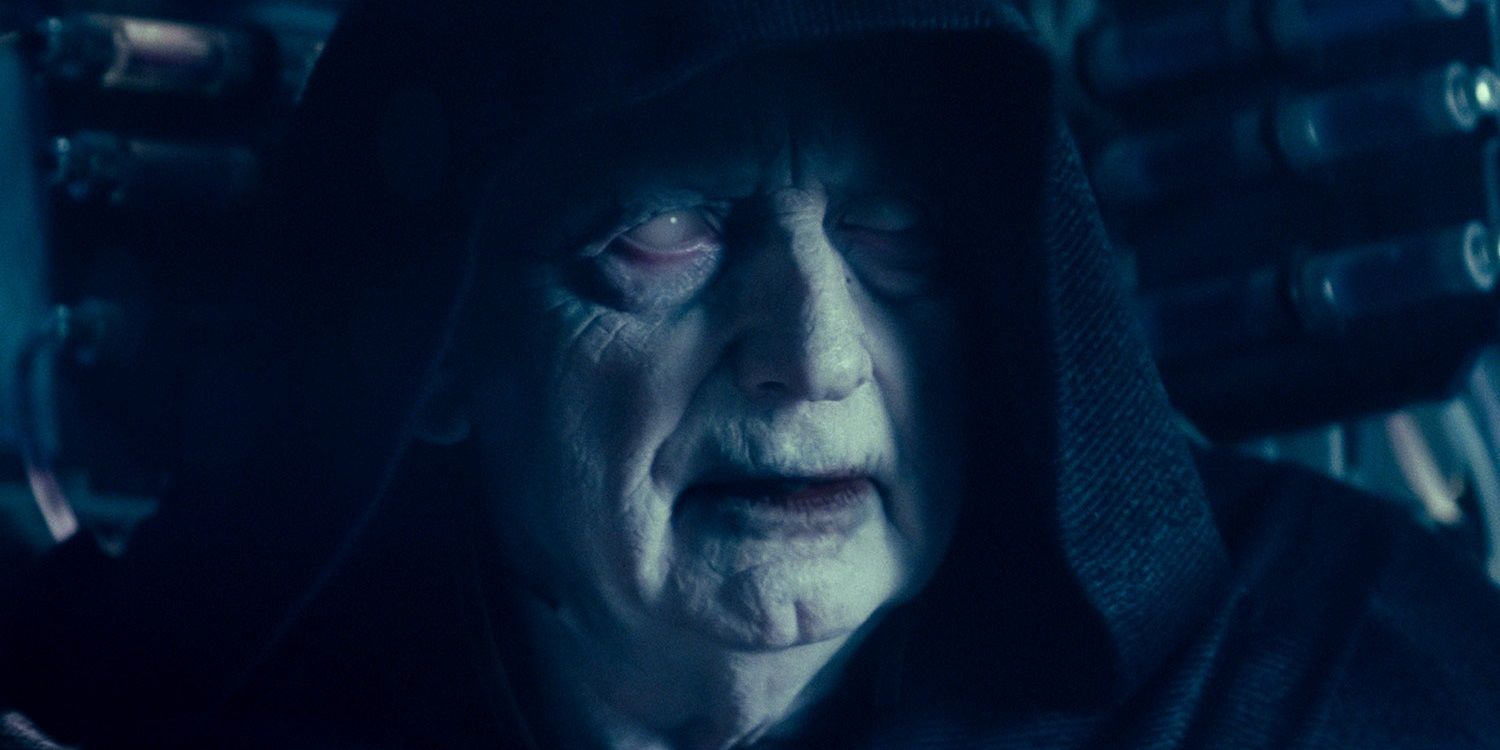
Ian McDiarmid once again played Palpatine perfectly in Star Wars: The Rise of Skywalker, but the film made the character less interesting than in previous films. Palpatine was a brilliant villain in the Star Wars prequel trilogy because he took over the Republic from within, rather than conquering it from without. The Sith had learned that the Jedi and the Republic would always stand against an invading army, so Palpatine played the long game and manipulated the galaxy into following him. It demonstrated that the Sith could learn and evolve, allowing them to destroy the Jedi and create an Empire.
While the original Star Wars trilogy was more straightforward, Palpatine’s plan was a natural extension of his actions in the prequels. He secretly constructed the Death Star and planned to assert absolute control over the galaxy once it was finished. However, when Palpatine tried to repeat this plan in The Rise of Skywalker, it felt lackluster because he didn’t learn from his mistakes. He made a bigger version of a plan that had already failed twice in the original trilogy, but Avengers: Endgame shows how Palpatine’s ultimate goal could have been different.
Palpatine Should Have Used Thanos’ Plan
Destroy the galaxy and create a new one in his image
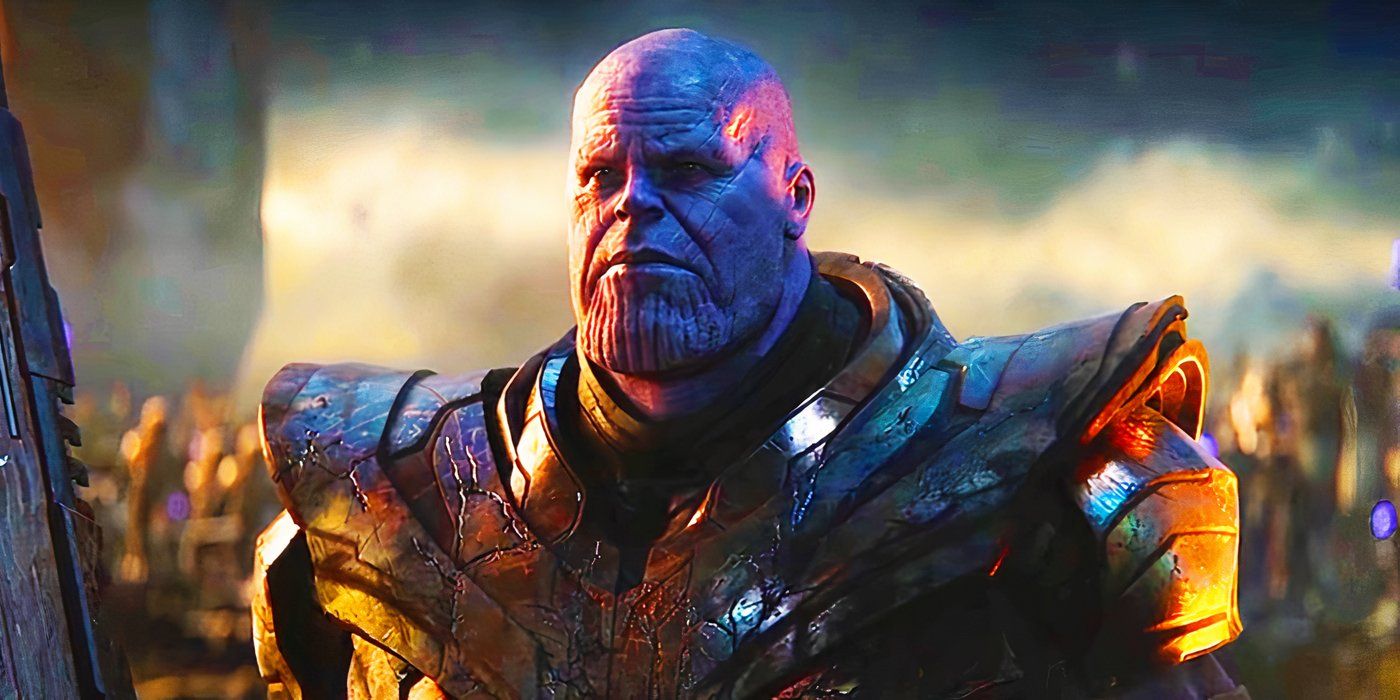
Unlike Palpatine, who repeated the same tired plan, Thanos learned and adapted in Avengers: Endgame. He initially wanted to wipe out half of all life so the other half could thrive, but he realized any survivors would always resist and find a way to undo his actions. He therefore decided to destroy the universe and create a new one full of life that would only know what Thanos had given them, “A grateful universe.” Was this somewhat inconsistent with Thanos’ character and motivations from Avengers: Infinity War? Perhaps, but it would be perfect for a Sith Lord like Palpatine.
Instead of building the Final Order fleet to conquer the galaxy by force, Palpatine’s plan should have been to destroy the galaxy. The ancient Sith tried conquering the galaxy with brute strength, and then they tried taking over from within, but the people resisted both times. Palpatine should have realized that resistance was inevitable, so this time he would destroy every existing civilization and create a new society loyal to his vision. This would significantly raise the stakes from the previous trilogies while justifying Palpatine’s excessive fleet.
Why Else Would Palpatine Build So Many Death Stars?
There has to be a new reason for a repetitive concept
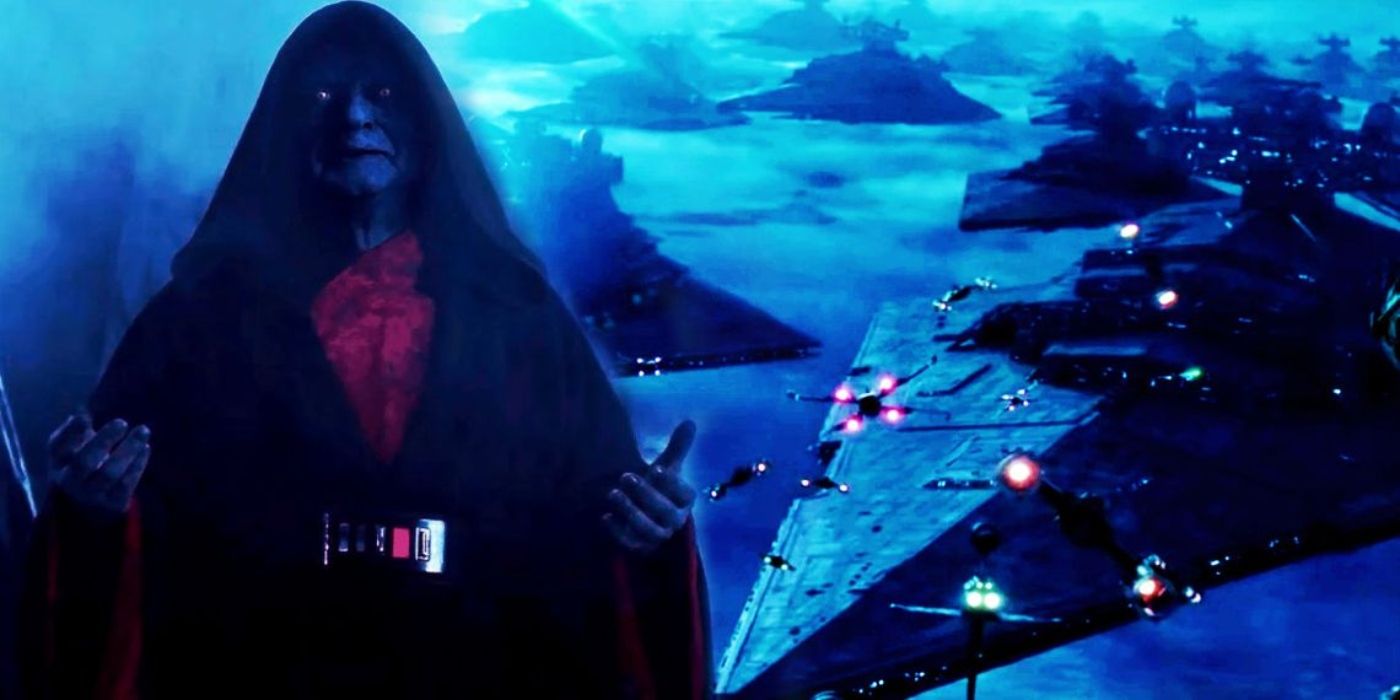
While the Final Order fleet had more range than a single Death Star, Palpatine never learned from previous mistakes. The Rebellion and the Resistance proved on three separate occasions that they would always find a way to blow up a superweapon created by the Empire, no matter how big or powerful. If he was set on doing the same plan again, there needed to be a good reason, and wiping out galactic civilization would have been a different approach.
Of course, this wouldn’t fix every problem with The Rise of Skywalker, but copying Endgame a little more could have helped. Endgame was three hours long, allowing the story to take its time and wrap up every character arc while working in plenty of fan service. The Rise of Skywalker didn’t need to be three hours long, but giving it more time or cutting out unnecessary moments would have helped. In the end, Star Wars: The Rise of Skywalker did not learn the right lessons from Avengers: Endgame, making the former an inferior finale compared to the latter.




